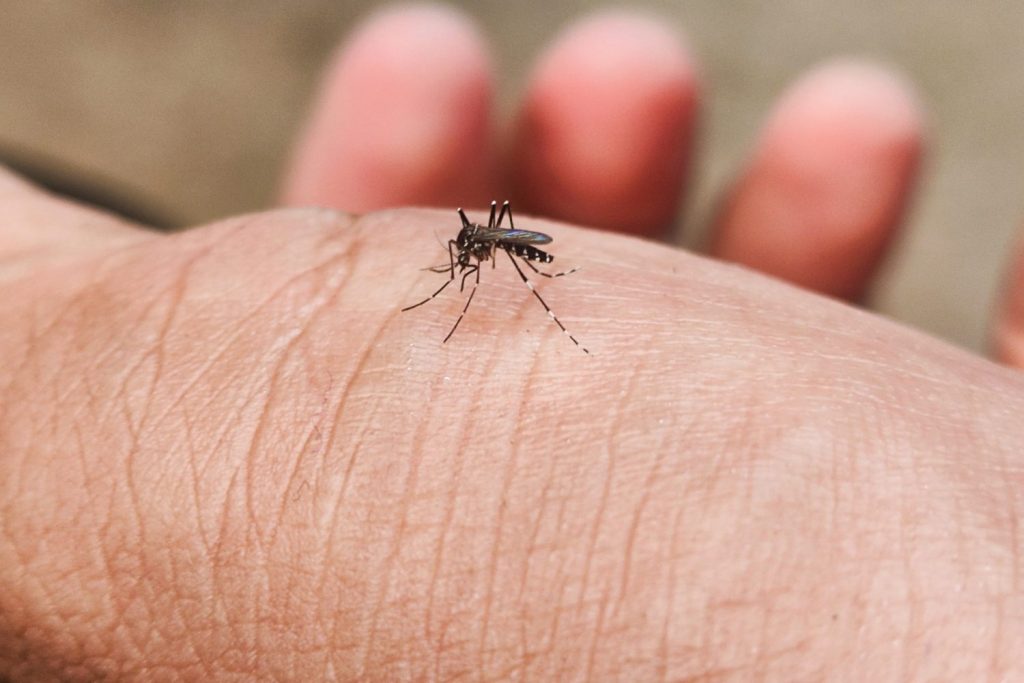- Research Highlight
- Published:
Transcriptomics
volume 43, page 864 (2025)Cite this article
Although spatial RNA organization is central to cellular functions and disease mechanisms, its functional consequences remain poorly understood owing to a lack of tools for manipulating RNA localization within cells. Writing in Nature, Han et al. introduce CRISPR-mediated transcriptome organization (CRISPR-TO), a method that uses the RNA-guiding properties of nuclease-dead dCas13 to transport endogenous RNA to desired subcellular compartments. CRISPR-TO works via chemical-inducible dimerization and consists of three components: a dCas13 fused with one dimerization domain, a subcellular localization signal or motor protein fused with the other dimerization domain, and guide RNAs targeting the RNA of interest. The plant hormone ABA was selected as the inducer.
The authors tested CRISPR-TO by localizing various endogenous mRNAs to the outer mitochondrial membrane (OMM). They observed substantial OMM localization of the target mRNAs despite their varying expression levels. The use of three dCas13-binding sites on a target mRNA yielded 50.6% localization to the OMM.
This is a preview of subscription content, access via your institution
Access options
Access Nature and 54 other Nature Portfolio journals
Get Nature+, our best-value online-access subscription
27,99 € / 30 days
cancel any time
Subscribe to this journal
Receive 12 print issues and online access
195,33 € per year
only 16,28 € per issue
Buy this article
- Purchase on SpringerLink
- Instant access to full article PDF
Prices may be subject to local taxes which are calculated during checkout
Rights and permissions
About this article
Cite this article
Marchal, I. CRISPR-TO directs RNA to defined intracellular locations.
Nat Biotechnol 43, 864 (2025). https://doi.org/10.1038/s41587-025-02721-w
-
Published:
-
Issue Date:
-
DOI: https://doi.org/10.1038/s41587-025-02721-w























